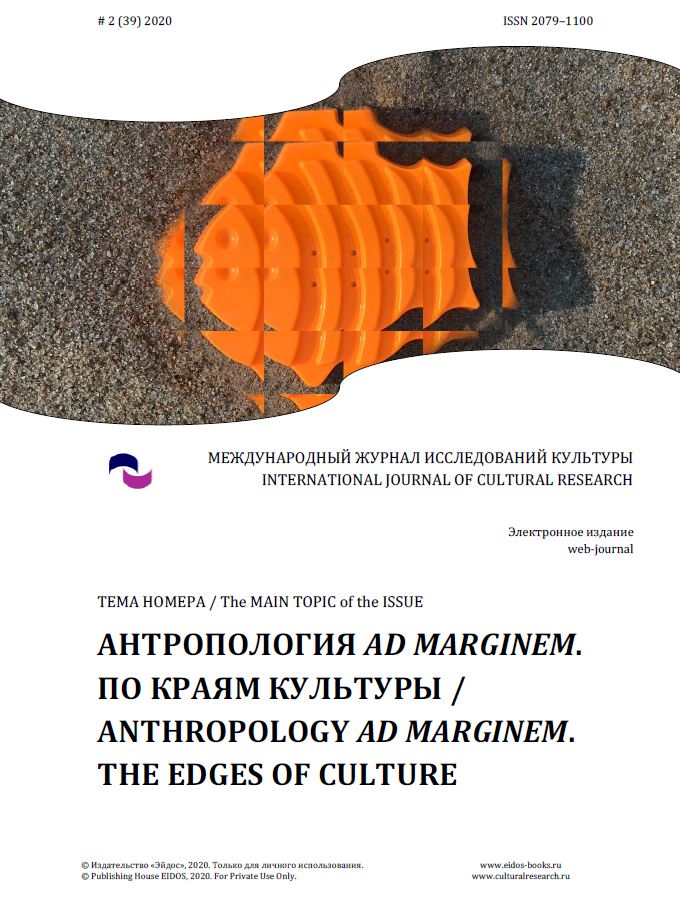Professor Dimitri Spivak, UNESCO Chair in Comparative Studies of Spiritual Traditions, their Specific Cultures and Interreligious Dialogue is pleased to advise his journal article titled, ‘Psychological Peculiarities of Shiite Muslims in Russia: Factor Analysis’, and co-authored with Dr. Gulchokhra Seidova and Alina V. Venkova, has been published in the International Journal of Cultural Research. 2020. No. 2, P.147-167.
A new paper dedicated to the peculiarities of religious psychology of Shiite Muslims in Russia, has newly been published by our UNESCO Chair. The paper presents new results of a long-term project conducted by our Chair, which is dedicated to the analysis of Muslim religious psychology (both Suni and Shiite) in present-day Russia.
A group of 100 dwellers of the city of Derbent, Republic of Daghestan, active practitioners of Shiite Islam, were interviewed by us in the framework of the project, basing on the facilities of the Juma Mosque, which is focal for religious and societal life of the corresponding community. Differences and similarities between four subgroups of our respondents, ie. aged / young Shiite women / men, formed the main topic for four formal factor analysis, which was divided into three blocks, directed at measurement of the degree of
(a) psychological activation / tension,
(b) activation of basic defence strategies, and
(c) involvement of psychological reserve mechanisms, including intrinsic religious attitudes, applied for the purpose of coping with life stress.
Our basic conclusions consist in the following regularities:
– inner structure of the integral index of psychological activation is based upon a constellation of two hidden factors, which tend to contribute to the feeling of inner balance in different ways. The first one comprises psychological agility, positive mood, and sufficient level of involvement; the second one involves the existence of moderate psychological tension. This structure, which is highly characteristic for both aged Shiite women and men, is proper for young people as well, although in a somewhat reduced form;
– inner structure of basic defence strategies comprises the action of two hidden factors, one of which includes projection, negation, and intellectualization; another one is mostly based upon regression, and substitution. Basing on the results of content analysis, the former factor may be regarded as based upon mature and complex defence strategies, while the latter factor comprises less sophisticated ones. Being characteristic for all the four subgroups of our respondents, this structural pattern may be regarded as specific for the subculture of Shiite Muslims in general;
– inner structure of intrinsic religiosity of aged Shiite men and women is defined by balance of two hidden factors, one of which is based upon the feeling of one’s ‘proximity to God’ or, ‘a mighty spiritual force’, while another one is formed by conducting ‘constant spiritual practices’. This structure tends to be quite static (especially in the case of the former factor), and to include phenomena bordering on the extrinsic religiosity (as in the case of the latter factor);
-contrary to this, inner structure of the intrinsic religiosity of young Shiites, especially male ones, tends to be much more dynamic, interiorized, and insight-oriented. This set of results seems to corroborate our hypothesis that there exist two focal types of intrinsic religiosity in the present-day Shiite community, one of which is proper for aged Shiite people, another one – for young people, particularly young Shiite men.
The results obtained in the framework of our project seem to be most constructive for the purpose of structuring systematic intercultural dialogue with Shiite Muslims, particularly the interfaith one.
UNESCO approach to the interfaith dialogue seems to be most fruitful in this respect.
Spivak D., Seidova G., Venkova A. Psychological Peculiarities of Shiite Muslims in Russia: Factor Analysis// International Journal of Cultural Research. 2020. № 2. P. 147–167.

